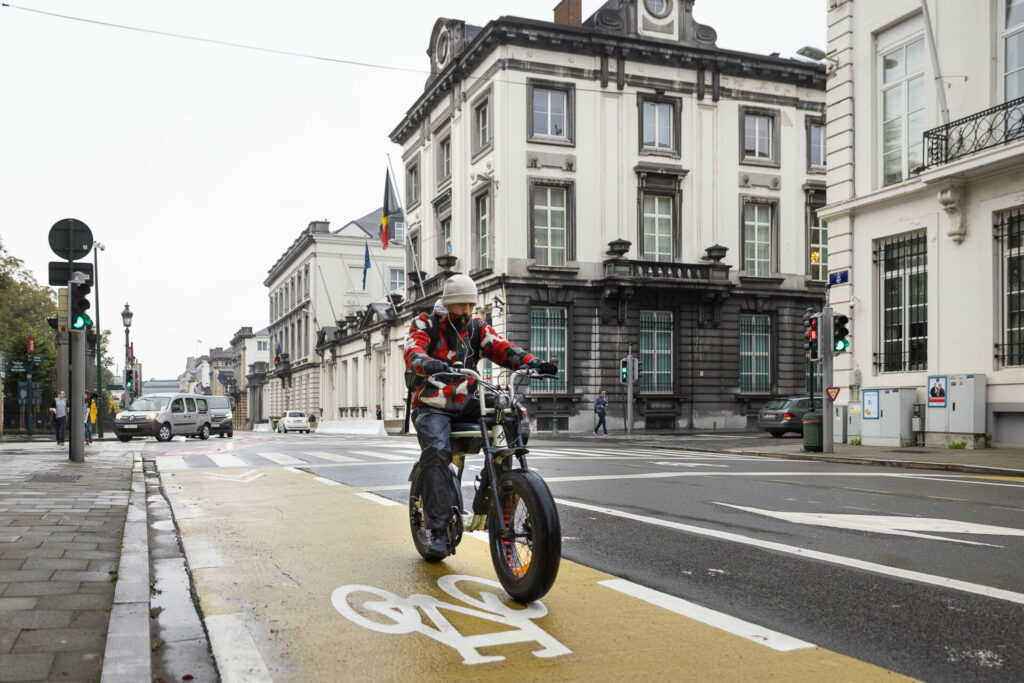The cycling boom in cities is undeniable, and Brussels is no exception. Every year, more and more people are getting on their bikes for trips that are not solely for leisure – so much so that some cycle paths in Brussels are very busy during rush hour.
It is not uncommon to see certain Brussels cycle paths crowded with cyclists in the mornings and evenings. Recent changes in cycling facilities are undeniable and welcomed by cyclists, however, it is clear that some infrastructures in Brussels are too narrow and quickly saturated, reported RTBF.
"Along the inner ring are tracks that are well dimensioned and very pleasant, but at the same time the minimum width of tracks is sometimes used rather than a standard framework that offers more comfort to cyclists," explains Florine Cuignet of the Groupe de Recherche et d'Action des Cyclistes Quotidiens (GRACQ).
"Cyclists are sometimes forced to overtake each other using the pavement, which is not at all desirable."
Changed habits and implementation delays
"Some projects that are about to start were developed years ago," continues Florine Cuignet. "Since then, mobility habits to have evolved rapidly due to the pandemic. This had a considerable impact on the number of bicycles in circulation. We should review the widths of the lanes that have been granted to cyclists. If we want to have facilities that can accommodate current cyclists but also support the growth in the future, we need to plan accordingly."
The growing use of larger models such as family cargo bikes or those with trailers used for small deliveries should also be considered.
"Many people are using larger bikes which require bigger turning angles. We have to take that into account. The region is encouraging the use of these cargo bikes and it is important that this is also reflected in the infrastructure," explains our speaker.
Cooperation for space and infrastructure
The office of the Brussels Minister for Mobility noted that certain roads are saturated. "In Brussels, over the last two years, we have installed several dozen additional kilometres of cycle paths. Some are permanent, some are temporary, which will gradually be made permanent," explained the cabinet.
"But this is not enough to accommodate the number of cyclists all over the region. Numerous projects are in the process of having permits granted or being installed, such as on the inner ring road at Toison d'Or, and in Sainctelette. Simultaneously, we are working to convince the municipalities to work with us on solutions in terms of space and infrastructure."
Related News
- Belgians increasingly choose bikes to get to work
- Brussels cyclists call for an end to ‘invisible’ bike lanes
The future will tell us whether these developments will meet the expectations of cycling associations.
The number of kilometres of cycle paths is often used to gauge the development of a city's cycle facilities, however, the quality and maintenance of these facilities are just as important for the development of slow modes of transport in cities.

